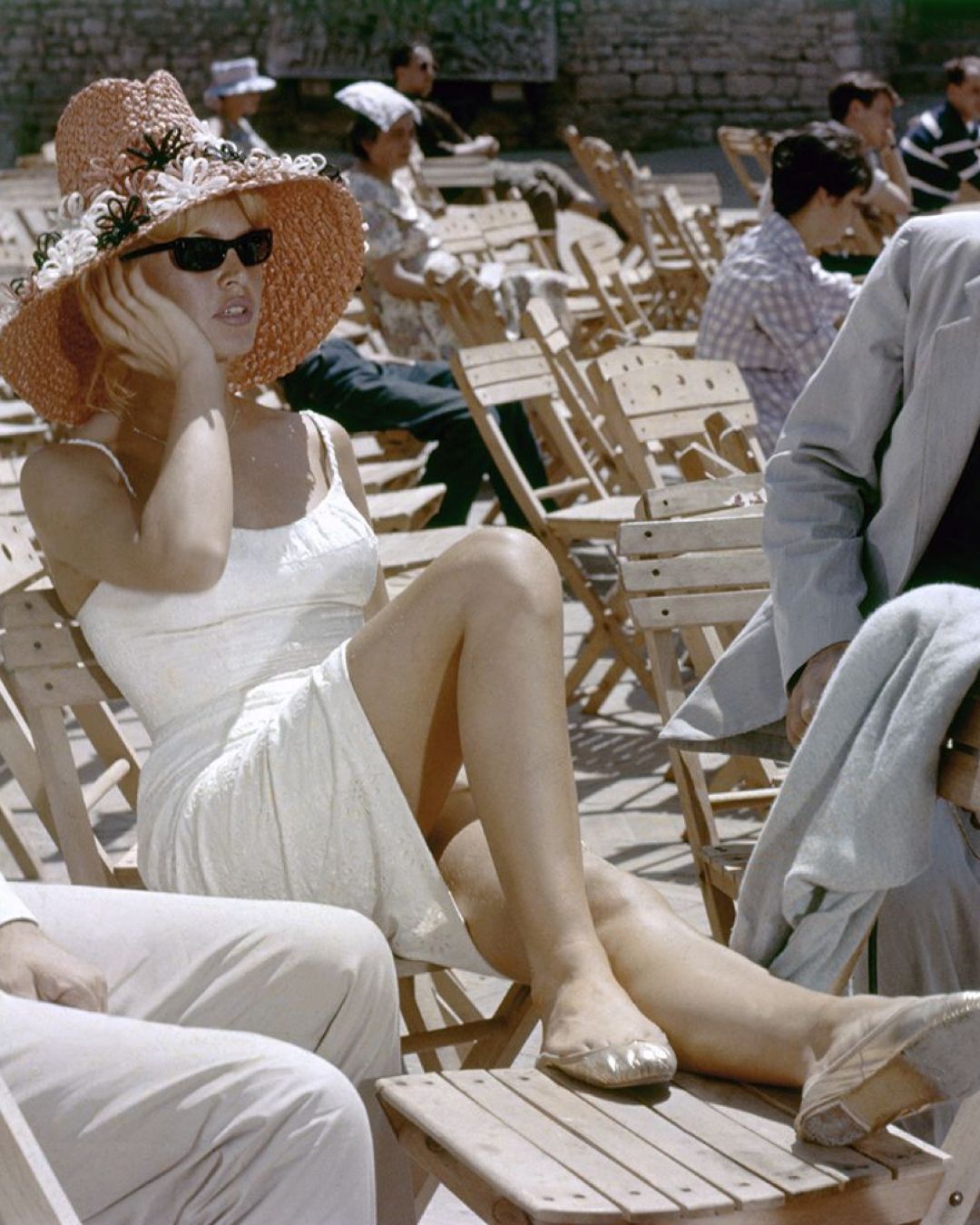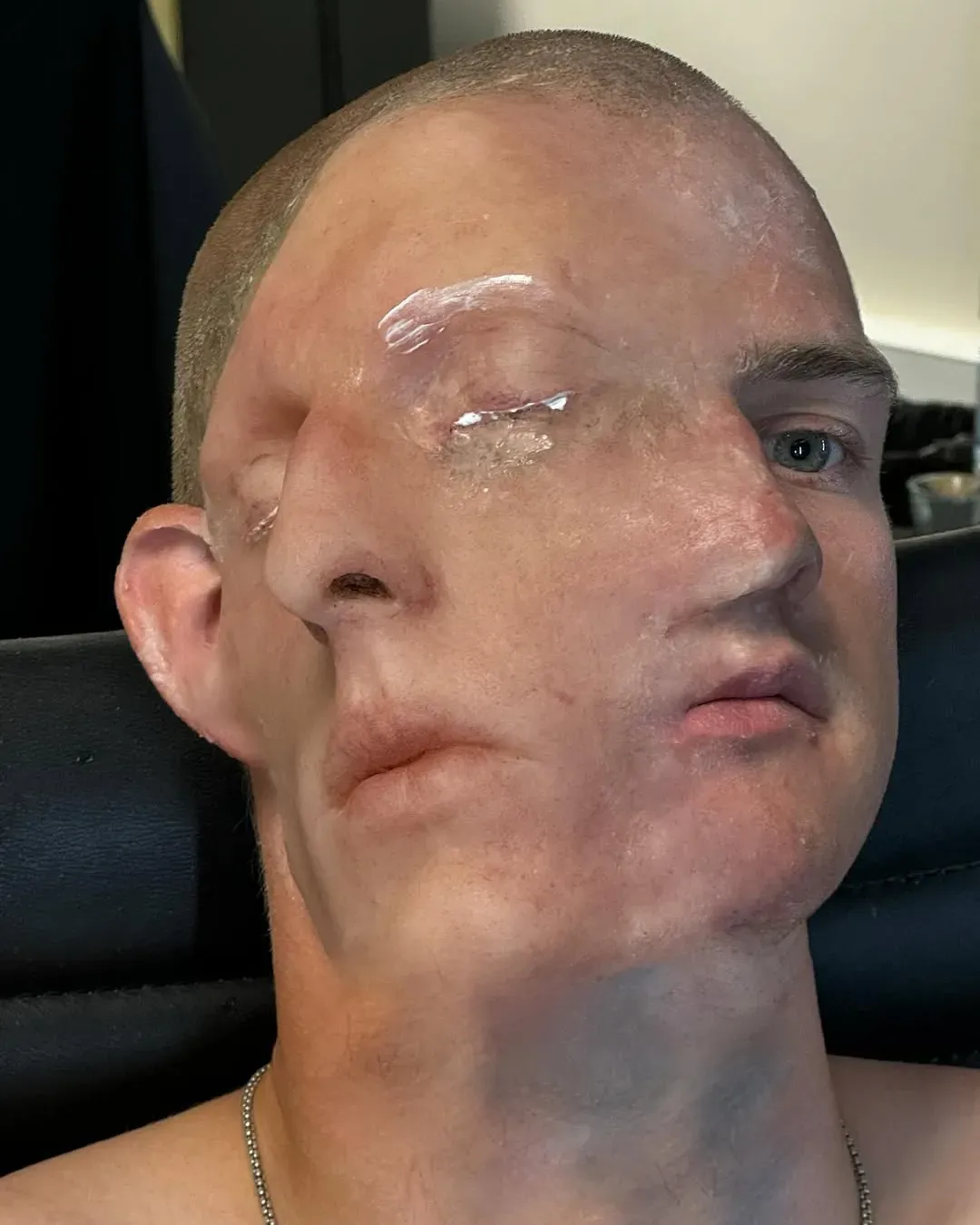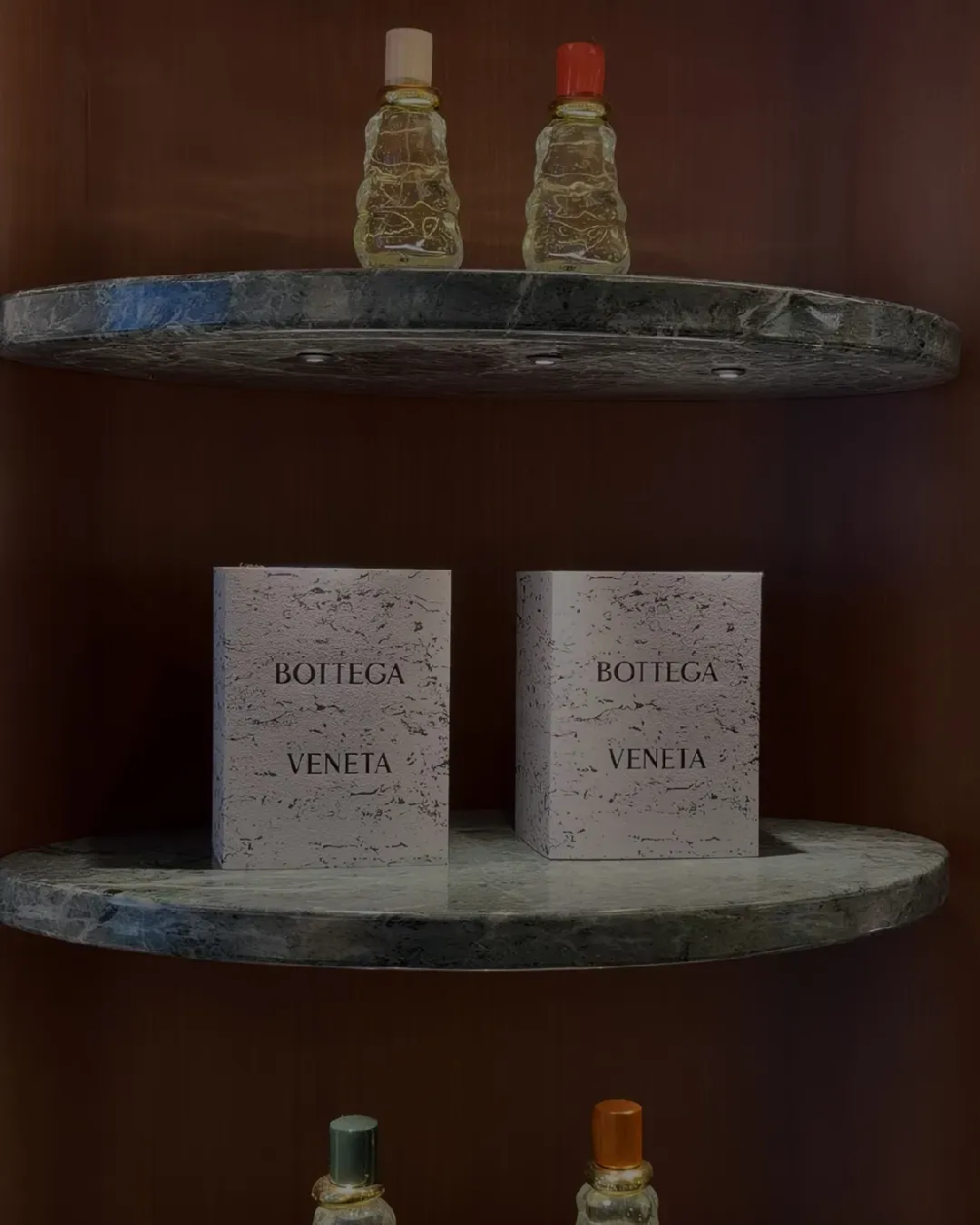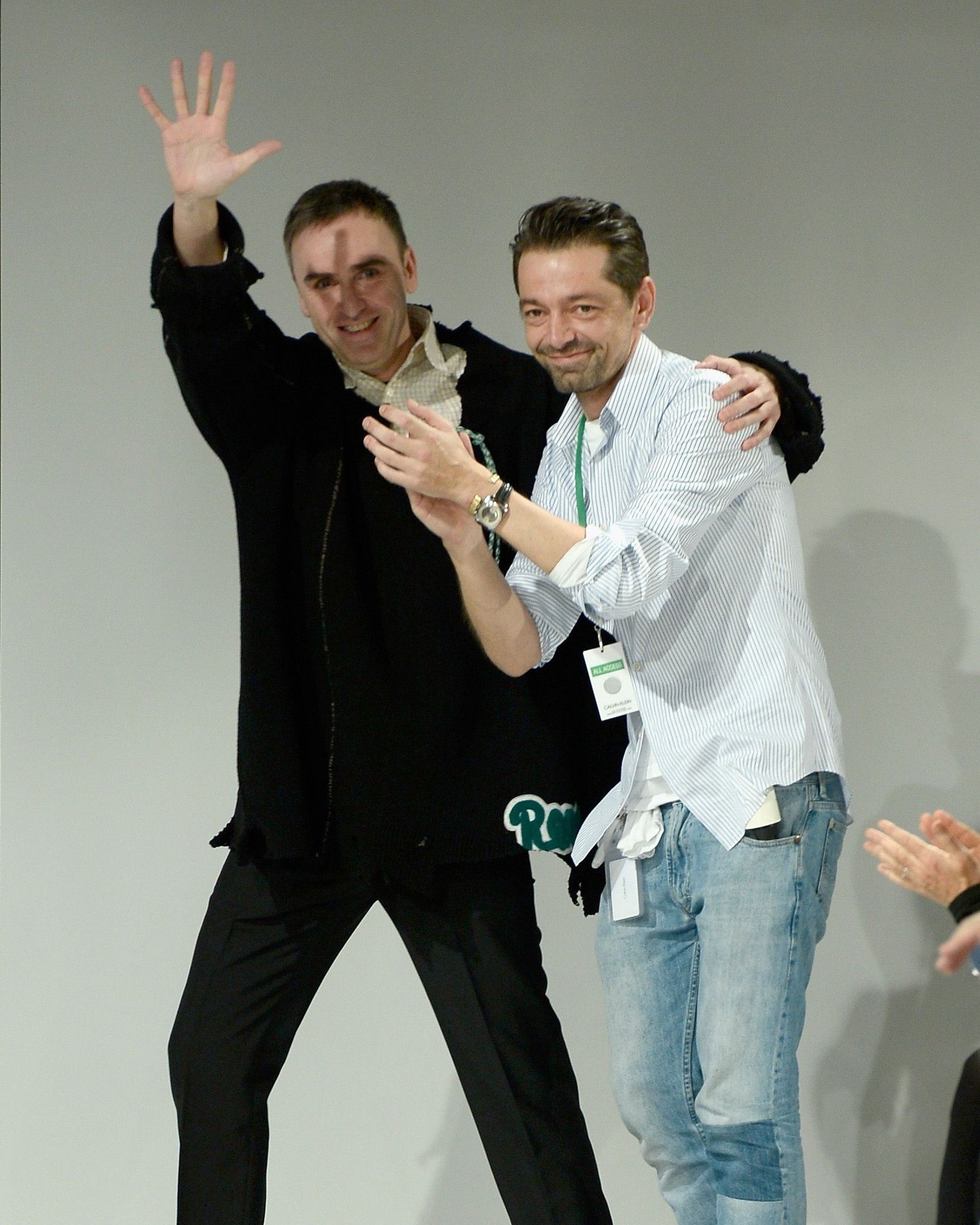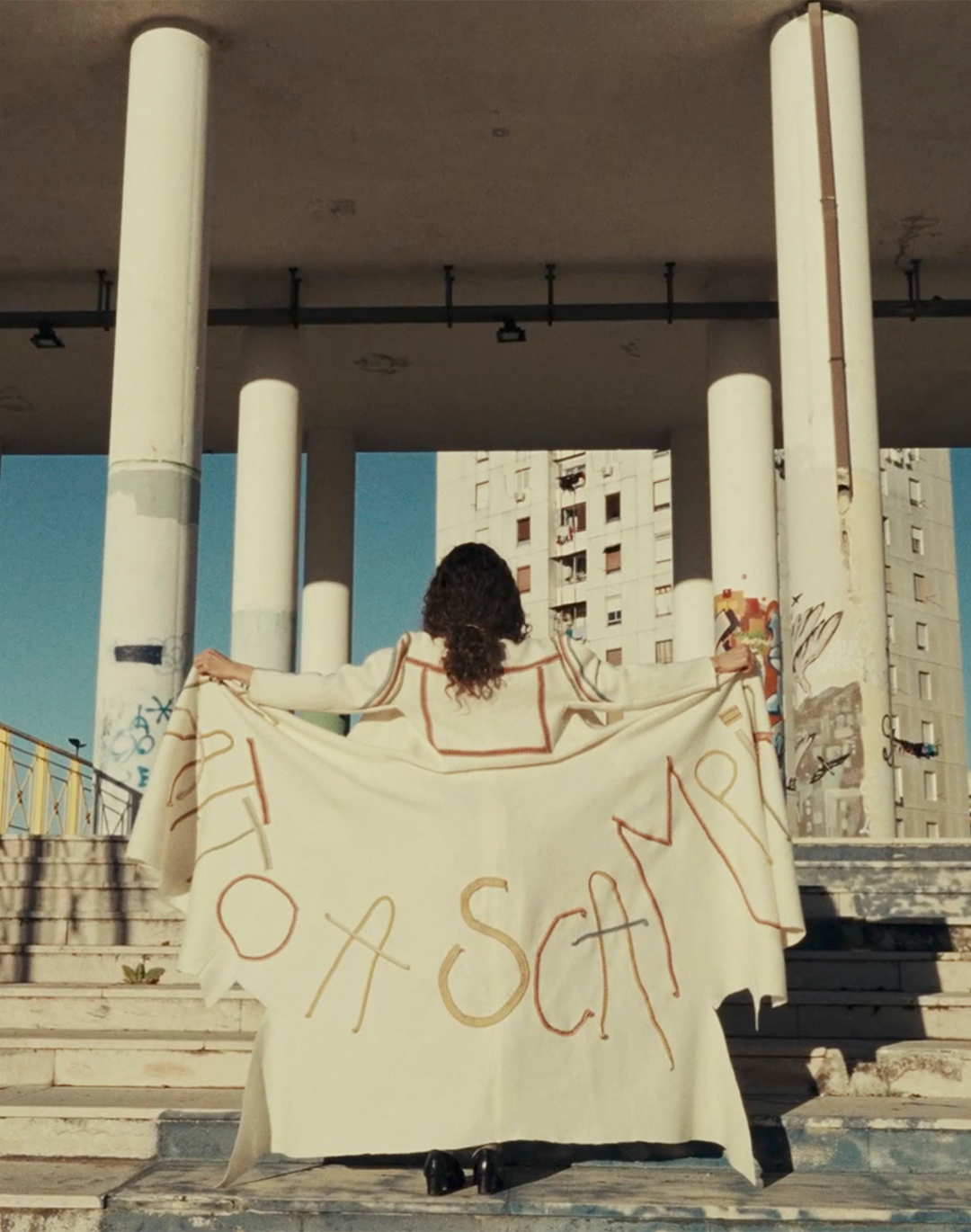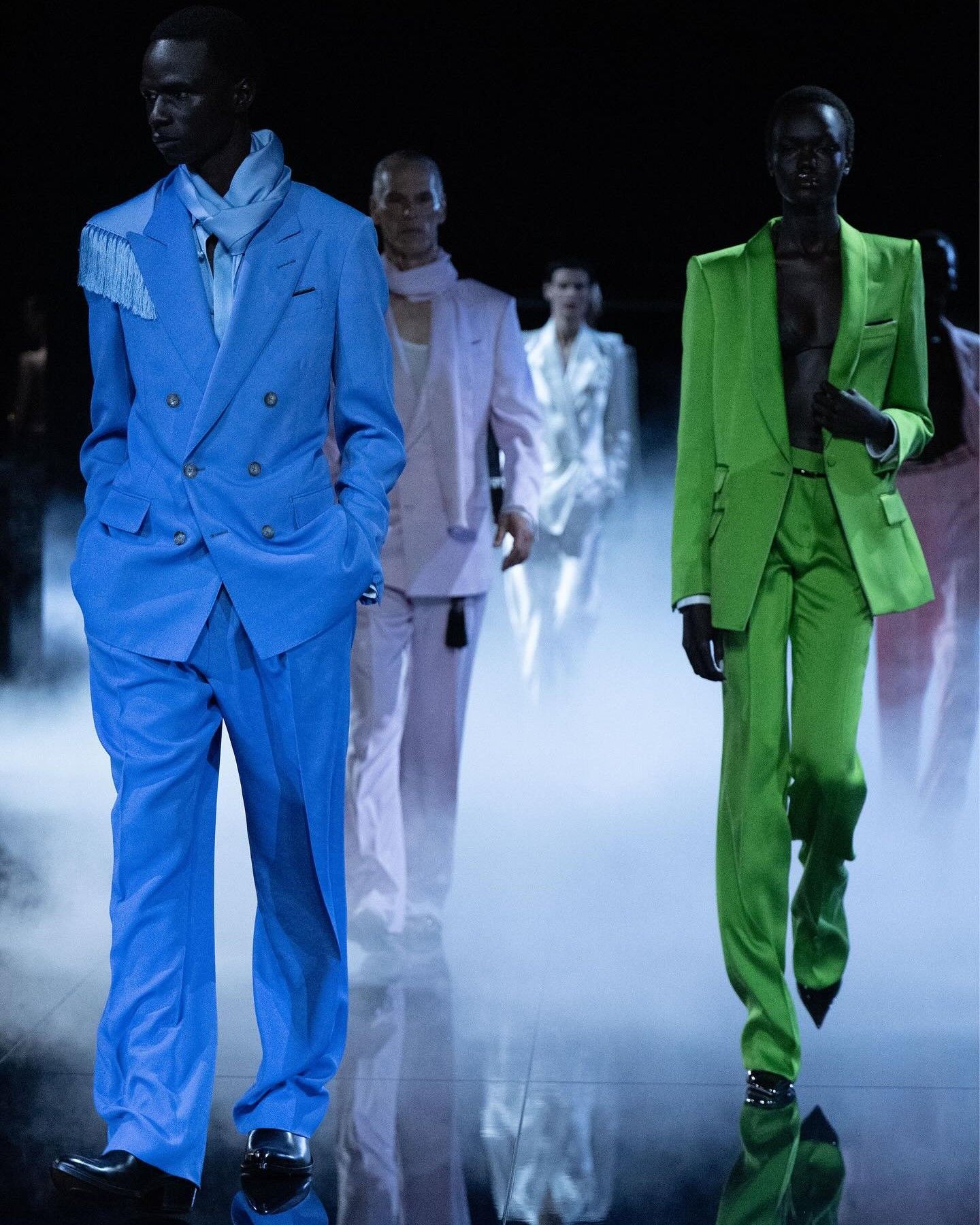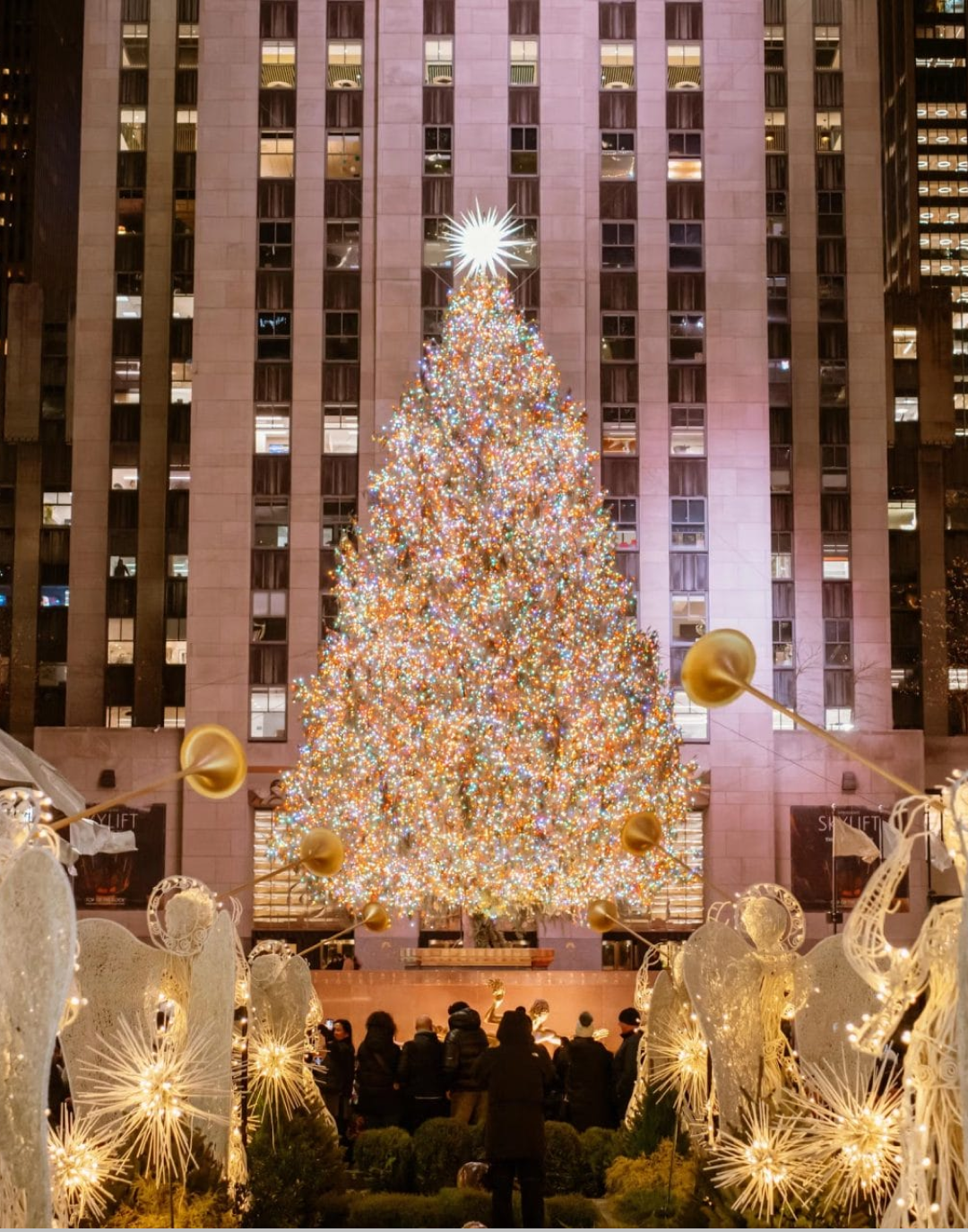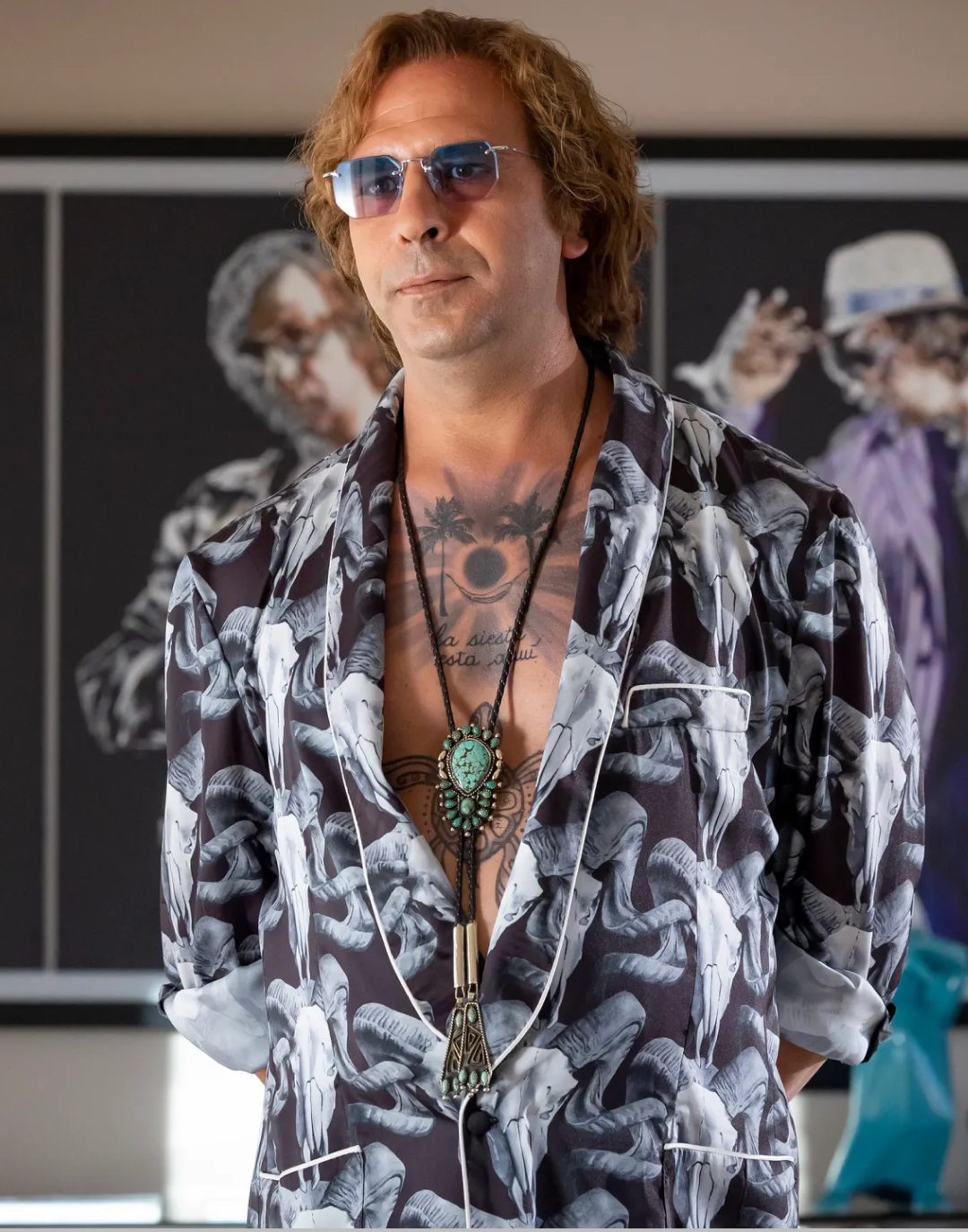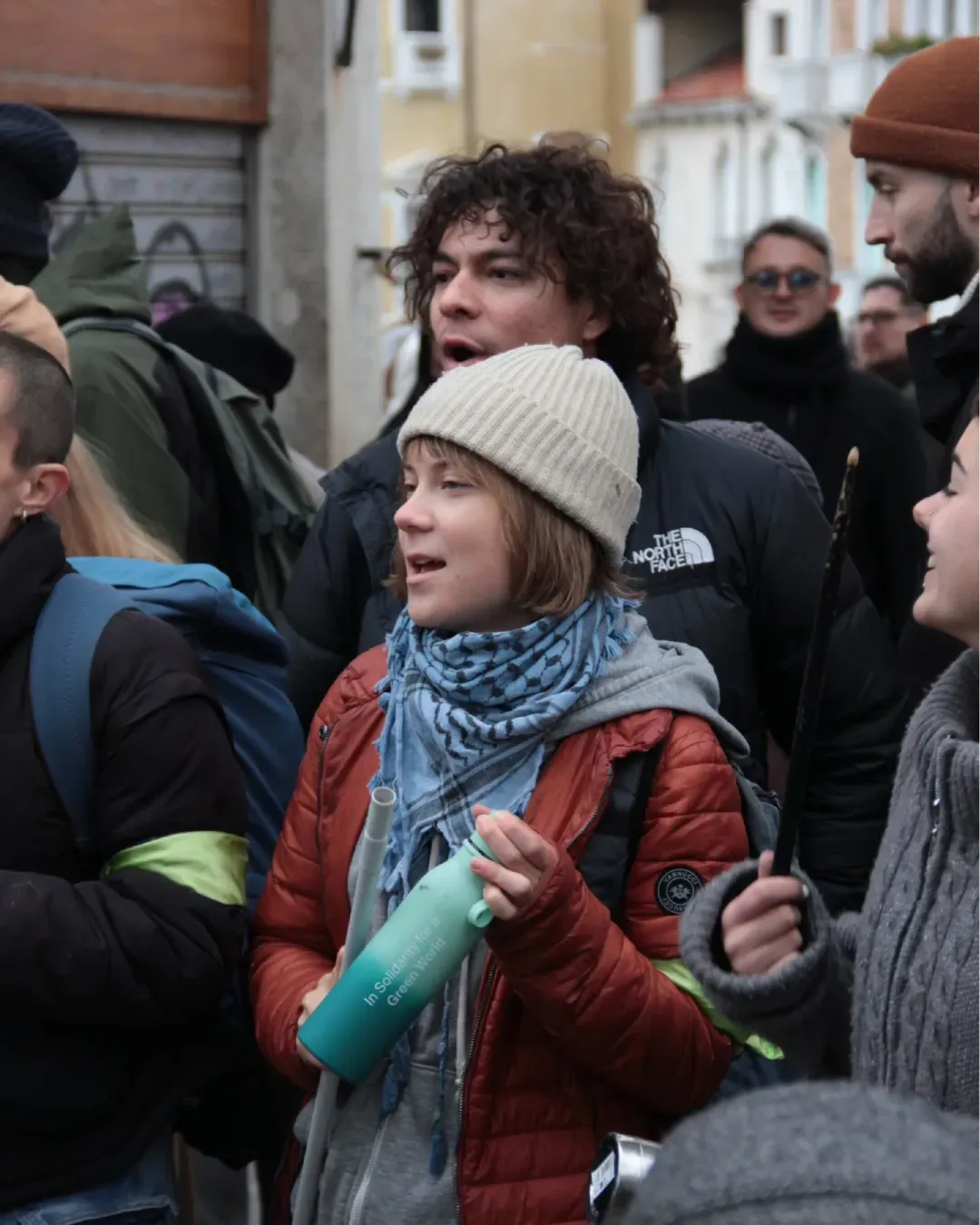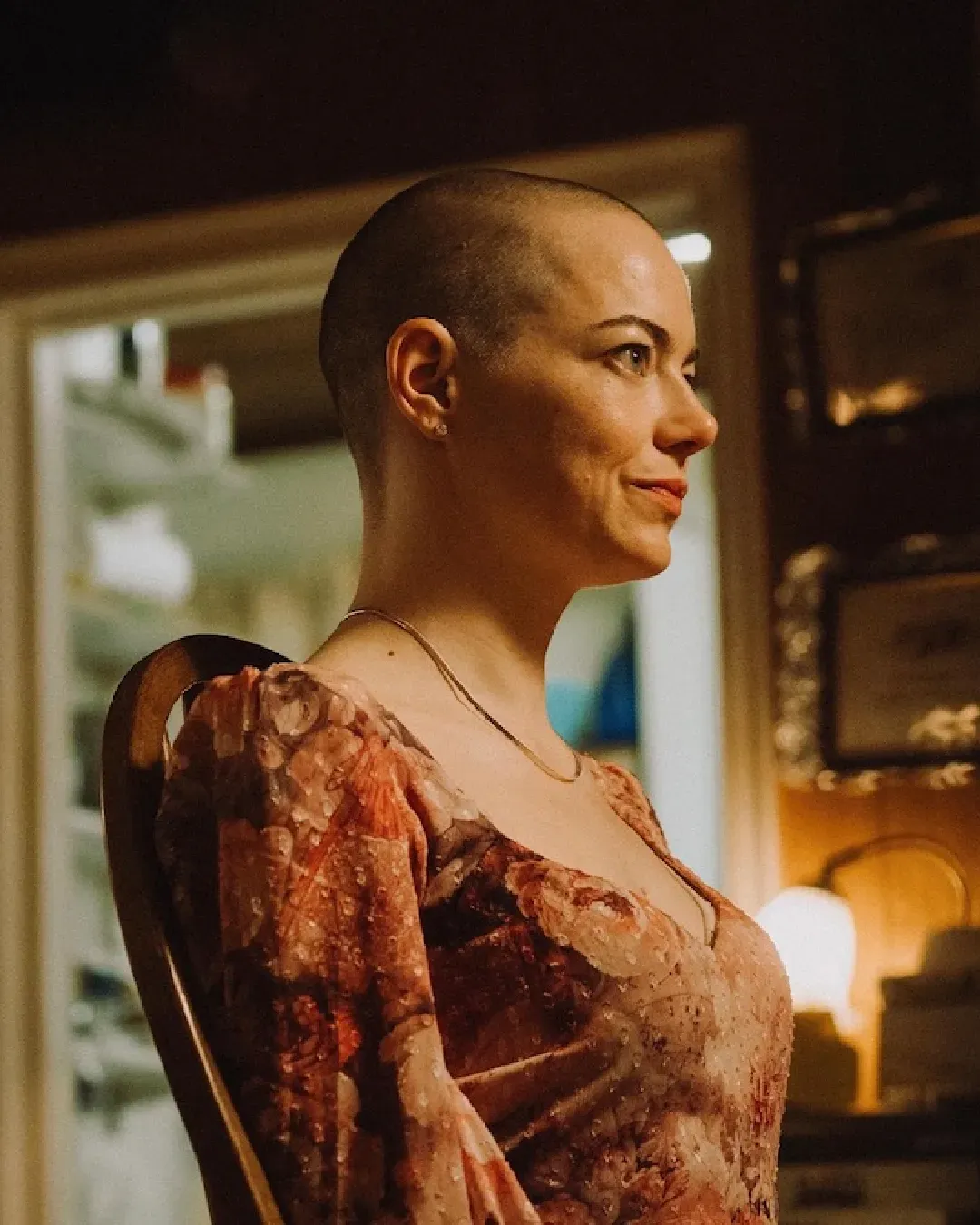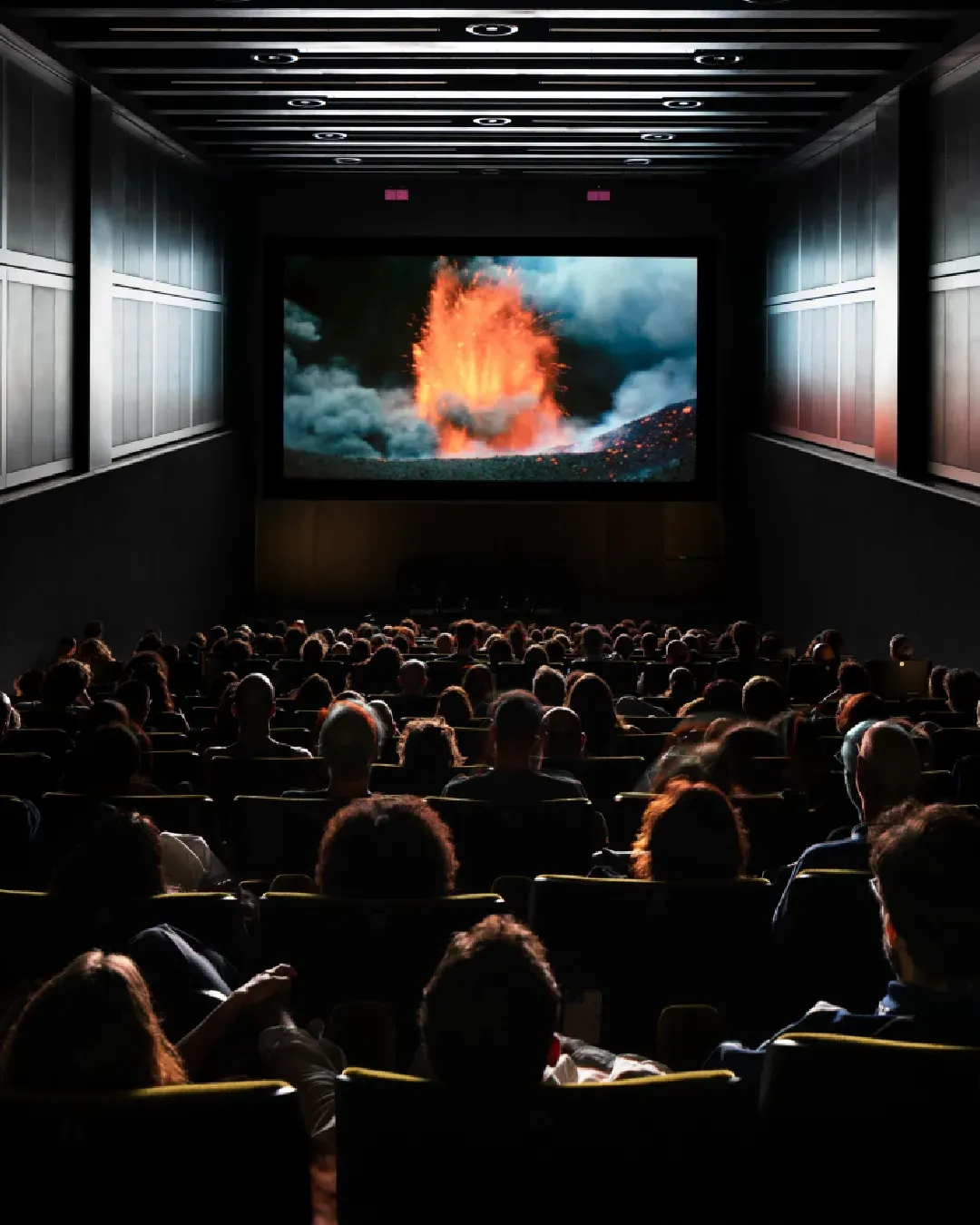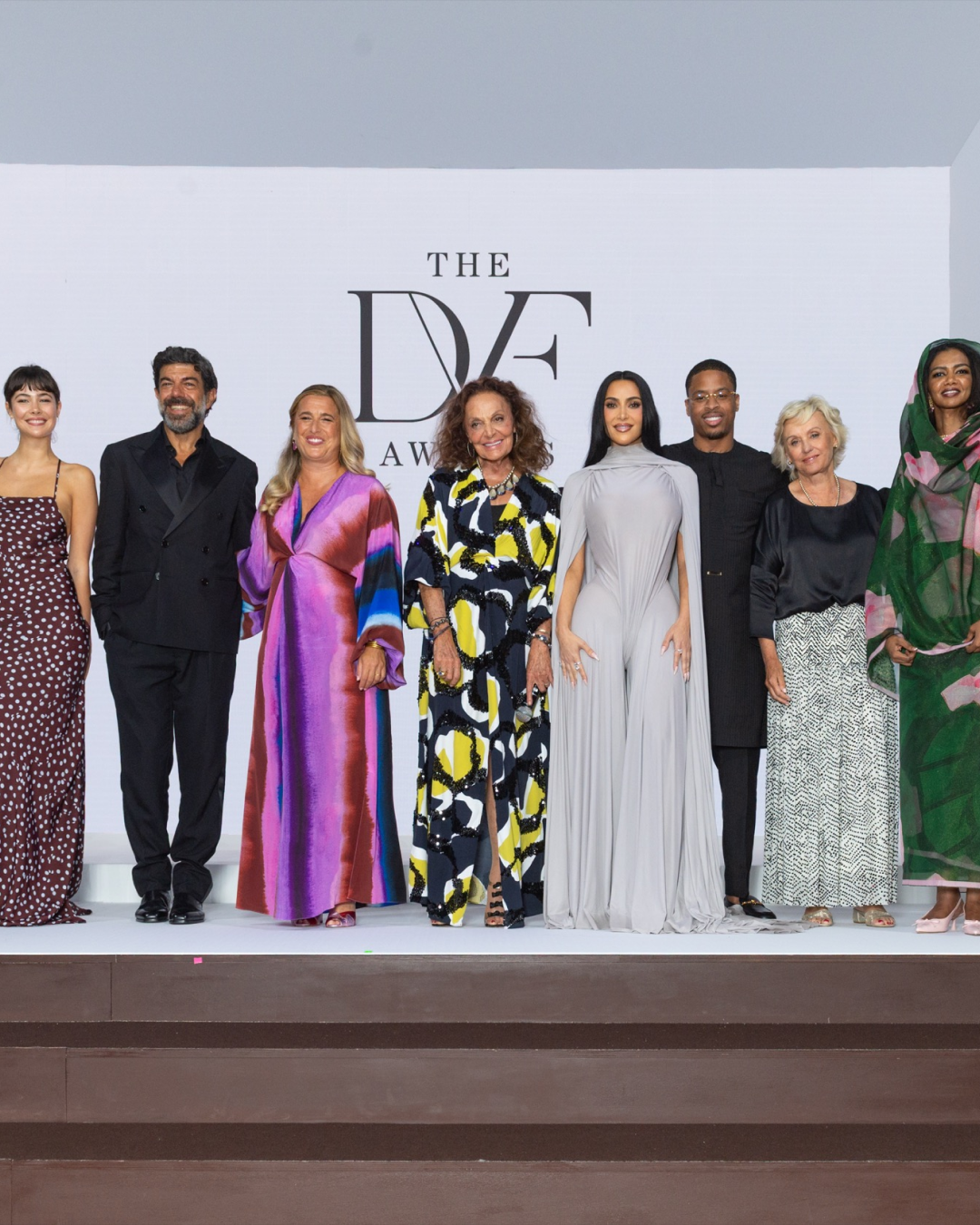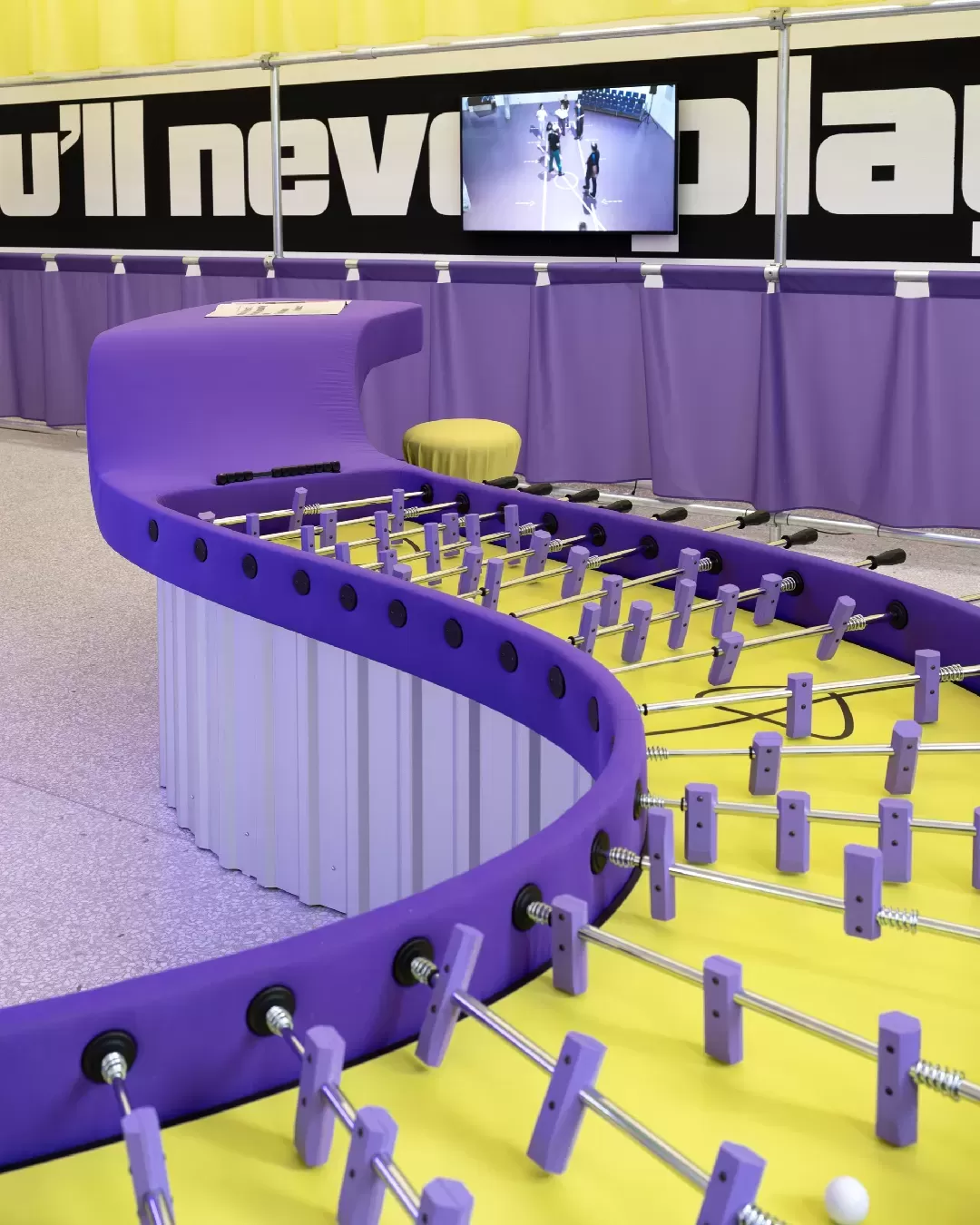
5 things not to miss at the Architecture Biennale 2025 From national pavilions to initiatives around the city, the exhibitions in Venice you absolutely must see
During the pre-opening days, amidst knowing smiles and visible badges, the Biennale reaffirms itself as a rite of passage for those who gravitate around the global creative scene, a place where art and architecture offer clues on who to watch, what is changing, and where we are heading. We previewed the 2025 Architecture Biennale for you, open to the public from May 10 to November 23, which this year showcases 66 nations and a myriad of collateral events, even beyond the usual venues of the Giardini and the Arsenale. The curator of the 2025 edition is Carlo Ratti: architect, engineer, founder of the Carlo Ratti Associati studio, and director of the MIT SENSEable City Lab. The idea guiding the entire exhibition revolves around the concept of intelligence — natural, artificial, collective — as a key tool to face the climate emergency, which is no longer a threat but a reality to confront every day. Ratti himself reminded this during the press conference, stating that «transition» is no longer enough: we are in a state of emergency, and we need tools and technological and emotional sensibilities to face it. Venice, an emblematic city, becomes a blueprint and a laboratory: not just a place to save, but one to learn from in order to save ourselves. An architecture that researches, uses data, and cultivates sensitivity.
Here are 5 exhibitions not to be missed during the Architecture Biennale 2025.
Emerging Assemblages - Pavilion Kosovo
At the Arsenale, for the first time within the official spaces of the Biennale, the Kosovo Pavilion — curated by Erzë Dinarama — focuses on the sense of smell. Emerging Assemblages is a sensory exercise that collects stories, anticipates scenarios, and amplifies our ecological relationship, especially in rural areas. It all starts with the farmers, living databases who can no longer rely on the traditional calendar: climate changes are too fast, the seasons too uncertain. Something more instinctive is needed. Thus, they return to trusting their olfactory memory to know when to plant, abandoning habits of a very recent past that no longer work. There is no precise algorithm to predict how much water will fall or how it will be absorbed by the soil, nor is there an archive of past information in the country. Hence the idea of the curator and her team of agronomists: to build an alternative database, based on the sensitive experience of farmers and their noses, capable of recording signals that technology does not detect. You enter a room where the soil is the protagonist (watch out not to dirty your shoes!), and the installation comes to life in an immersive and circular way, thanks to a system of tubes that release scents elaborated by smell artist Sissel Tolaas.
Il Padiglione - Pavilion Finland
Alvar Aalto designed this space in 1956: his only work in Italy. Today, however, Il Padiglione is no longer just an architectural exercise — it is a declaration. Curated by Ella Kaira and Matti Jänkälä, it becomes a homage to those who keep it alive every year. An audiovisual installation narrates, through interviews and archival images, the invisible work that maintains the building: those who replace rotting wood, those who fill cracks, those who analyze materials with skills ranging from chemistry to art history. Every surface has a story, often silent and untold. In a city like Venice, where conservation is part of the urban and cultural landscape, Il Padiglione touches the raw nerve of the Biennale: authorship needs to be rethought, and all works are collective. This exhibition hits the target: no over-information, just a clear gesture that synthesizes the very sense of architecture — not as a finished work, but as a continuous, shared, necessary process.
SIDELINED - Pavilion Netherlands
A sports bar transformed into a queered and radical space. The Dutch pavilion is a hexagonal environment inspired by the experimental fields of Asger Jorn. No competition: here sport becomes a bridge between communities, an exercise of fluidity and rewriting of the rules. On the screens, the matches of Gabriel Fontana: Multiform, Fluid Field, and Anonymous Allyship, some filmed at the Penzo stadium. Around, jerseys, scarves, trophies, and an unconventional foosball invite you to play without fixed roles. A sports newspaper collects voices from sports bars, queer gyms, and relational architectures. The connections between body, game, and public space are deepened. SIDELINED, curated by Amanda Pinatih, responds to the theme Intelligens with a collective and inclusive vision of architecture: a place that does not divide, but connects. Where being together is not a rule to follow, but a gesture to reinvent.
Diagrams - Fondazione Prada
Curated by Rem Koolhaas, founder of OMA/AMO together with Giulio Margheri, Diagrams is the exhibition you don't expect: no immersive environments or wow effects. As the curator says: it’s up to you to walk back and forth between the tables to follow the path. A true ode to visual thinking — that kind of graphics that not only tells stories but builds, orients, sometimes manipulates. Once again, in the curatorial direction of the Foundation, we find a mix of dissemination, open-lab spirit, and pedagogical function. Set up at Ca’ Corner della Regina, the exhibition gathers over 300 objects — maps, graphics, documents, and videos — from the 12th century to today. The heart of the expo is in the main floor’s portego, where each table tackles a present issue: from the built environment to health, inequalities to migration, passing through the natural environment, resources, war, truth, and the very concept of value. Diagrams do not merely illustrate: they deconstruct, predict, question. Koolhaas says it clearly: «The diagram is a form of communication that has always existed, independent of language». An ode to the obsession with holding together.
Pervert or Detective? - Cà Buccari
Pervert or Detective? was born from a conversation between Reba Maybury and Lucy McKenzie about eroticism as a space open to pleasure, not as a stereotype. The unpredictable is pleasure, they say, and writing the book together, the focus of the exhibition, was «a lot of fun». The two artists interweave writing, painting and drawings. Interiority understood as both physical space and private condition is at the centre of an exhibition that fits into the context of the Architecture Biennale, but does so by shifting the focus: architecture here is intimate, mental, domestic. The chosen location is Cà Buccari, a former commercial space in the ultra-artificial district of Sant'Elena in Venice, built after most of the island. Venice itself becomes an urban bricolage where getting lost is part of the experience. Between trompe-l'œil photographs of interiors, texts and drawings, McKenzie and Maybury undo power and representation, reading the figure of the sex worker as a radical traveller. The book accompanying the exhibition is edited by Fredi Fischli and Niels Olsen.


